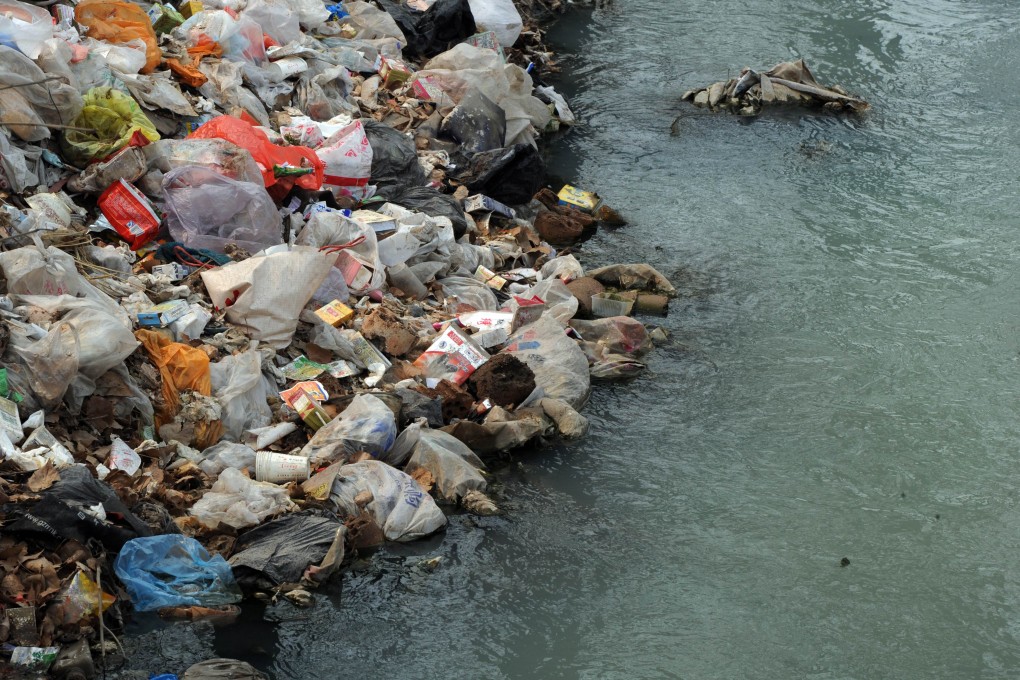Pearl Briefing | Shenzhen is losing its fight against pollution in main rivers
Despite spending billions of yuan since 2000, the city is losing its fight against water pollution

Residents of the Pearl River Delta have been shocked recently to hear reports that more than half of the waterways in Shenzhen, the most developed city in Guangdong, are black, polluted and smelly. This is despite 30 billion yuan (HK$38 billion) spent since 2000 on an official campaign to restore the city's long-suffering rivers.

The municipal Human Settlements and Environment Commission also reported that water quality at 121 sampling stations, covering 85 per cent of the city, was rated below Level 5 - or "extremely poor".
Under the grading system used by the mainland's environmental regulators, levels 1 to 3 mean water quality is suitable for drinking, aquaculture, fisheries and swimming. Water rated level 4 or 5 is suitable only for industrial use or irrigation.
And things have been getting worse. Pollution increased in several rivers this summer, including the Buji, Xinzhou, Guanlan and Shawan rivers, the Southern Metropolis News reported. The Buji is upstream from the Shenzhen River which forms the natural border with Hong Kong.
Even living close to the waterways is hazardous. "My family doesn't dare open our windows," said Li Li, who has lived in the Longhua New Zone near the Longhua River for years. "Our throats are sore, our eyes burn and our noses itch. And then there's the mosquitoes.
